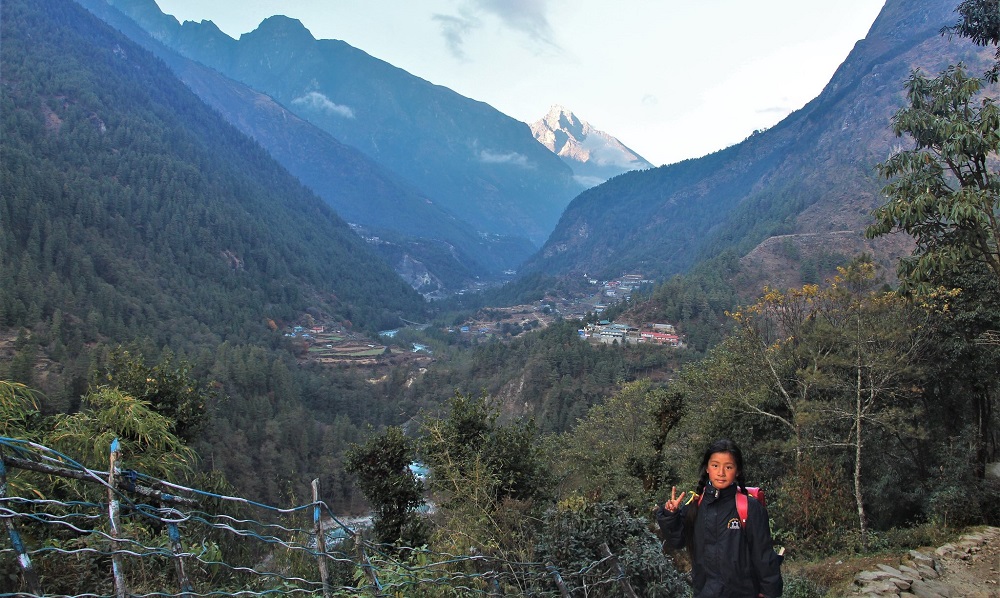Trek from Lukla to Phakding | All you need to know about trekking from Lukla to Phakding
The journey from Lukla to Phakding is the first leg of the popular Everest Base Camp trek, which takes trekkers through the breathtaking landscapes of the Khumbu region in Nepal. This part of the trek covers a distance of approximately 8 kilometers (5 miles) and usually takes around 2 to 4 hours to complete, depending on the trekker's pace and how often they take breaks.
The trail is well-maintained and not too challenging, making it suitable for trekkers of various fitness levels and experience. It mainly consists of flat or gently descending paths with a few short uphill sections.
The starting point, Lukla, is situated at an altitude of approximately 2,860 meters (9,383 feet) above sea level, while Phakding, the destination, lies at around 2,610 meters (8,562 feet). These altitudes are relatively moderate, allowing trekkers to acclimatize gradually and reduce the risk of altitude sickness as they ascend further.
Throughout this section of the trek, trekkers are treated to stunning views of the Himalayan landscapes. The trail takes you through lush green forests, terraced fields, and along the banks of the Dudh Kosi river. Along the way, you'll pass through traditional Sherpa villages, like Cheplung and Ghat, where you can experience the local culture and hospitality.
Phakding serves as a popular resting point for trekkers, and there are plenty of tea houses and lodges available to provide accommodation and meals. These tea houses offer basic but comfortable amenities, including a bed, blanket, and various meal options such as dal bhat (a traditional Nepali dish), noodles, and more.
Before embarking on the trek, it's essential to pack wisely. Bring proper hiking boots, clothing suitable for layering to adjust to changing temperatures, a well-equipped backpack, a refillable water bottle, snacks, and personal items like sunscreen and insect repellent. Hiring a local guide and/or a porter is also an option, as they can enhance your experience and support the local community.
Checking the weather forecast before starting the trek is crucial, as the weather in the Himalayas can be unpredictable. The best times to trek in this region are during the spring (March to May) and autumn (September to November) when the weather is relatively stable, and the views are clear.
To trek in the Everest region, you'll need to obtain the required permits: the Sagarmatha National Park Permit and the TIMS (Trekkers' Information Management System) card. These permits can be obtained in Kathmandu or Lukla before commencing the trek.
Lastly, it's vital to trek responsibly, respecting the local culture and environment. Taking proper safety precautions during the journey ensures a memorable and enjoyable experience, as you soak in the breathtaking beauty of the Everest region and the warm hospitality of the Nepali people on your way to Phakding.




.jpg)



